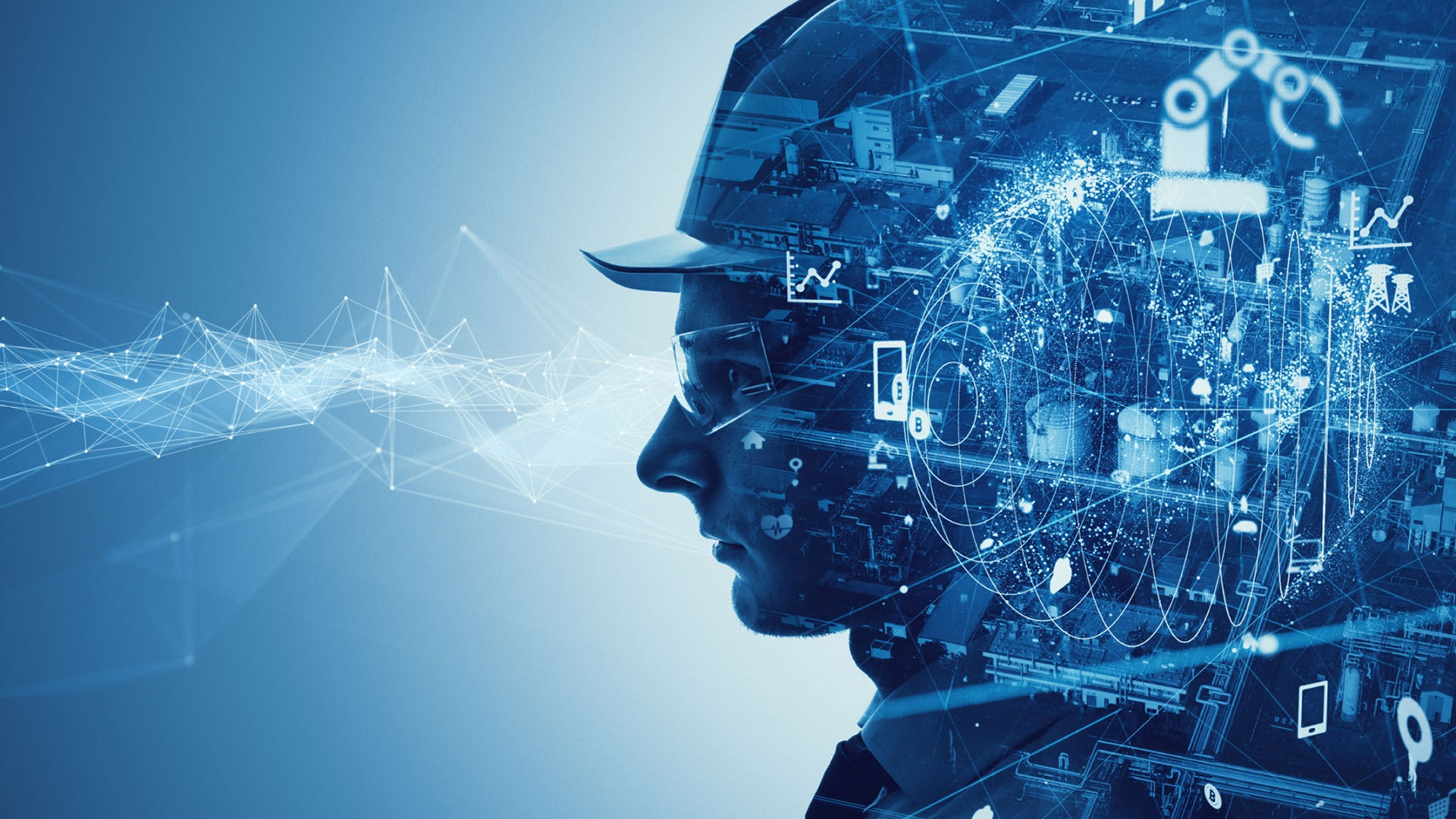Ghost Factories
Revolutions, reforms, regimes and many other words have always been intriguing, terrifying or exciting for human beings. Today, the concepts of the world and life that have become digital with the pandemic have become more discussed. Everyone, individually or institutionally, is taking steps in many initiatives and even in the digital revolution. For the industry, the biggest digital revolution will undoubtedly be Industry 4.0.
.jpg)
Since Industry 4.0 was first mentioned at the technology fair held in Germany in 2011, it has been on the agenda of the whole world. In some sources, it is referred to as the 4th Industrial Revolution. Industry 4.0 is a German project. What prompted the German government to do this is the Chinese production possibilities that shook European states economically. Developed countries such as Germany, Japan and America have turned towards the Industry 4.0 target. Industry 4.0 is a goal and aims to bring together information technologies and all vital mechanisms. Industry 4.0; It is a set of systems consisting of three stages: the internet of things, the services of the Internet, and cyber-physical systems. With Industry 4.0, which will bring the new world order, all production and living areas will have smart equipment and systems will work in an integrated manner. It is stated that Industry 4.0 will be fully implemented within twenty years at the latest. With this system, which will restructure production and consumption, the distribution of rich and poor countries will also be reshaped and gaps in income distribution between countries will occur.
Knowledge of Industry 4.0 is still weak. Countries have established research units in their own bodies. The lack of enthusiasm of companies that have good conditions in existing industrial opportunities also harms development.
.jpg)
Industry 4.0 is the general characterization of a system and refers to a tripod organization. The feet of the organization are; internet of things, internet of services and cyber-physical systems. In Industry 4.0, which is based on the principle of communication with each other, machines will be able to communicate with each other, analyze the data and inform people when necessary. The machines will communicate with each other wirelessly through sensors. While all these are happening, the system will operate at less cost, produce faster and have a process that gives little waste. The systems will be smaller than the old systems, but they will produce more securely. Robots are at the center of Industry 4.0. Robots manage machines, evaluate data and make other production decisions. Unlit and unmanned production areas, which are called dark factories by some authors, will increase. In addition, three-dimensional printers are another dimension of Industry 4.0. Thanks to these printers, all needs will be produced at home with a simple touch and loyalty to large companies will be removed. It should not be forgotten that when Industry 4.0 is fully operational, social problems will arise. The first thing that comes to mind is unemployment.
Internet of Things: Refers to the wireless communication of machines with each other. These machines can also be called robots. Each robot has its own communication address and they communicate with each other very quickly and keep up with the changing production strategy. Decision making and implementation processes are very short. Data analysis is delivered to all units immediately.
Internet of Services: Refers to the existence of new service areas that will emerge. It includes the people who will provide services over the Internet, the people who will receive the service, the software that will provide the relationship between them and the services themselves. Services such as e-mail services, cloud system are included here.
Cyber-Physical Systems: It is the general name of systems that operate through self-managing sensors as a copy of the virtual world.
Although ghost factories seem frightening, they will enter our lives in the near future in terms of efficient use of resources, increase in production quality, and not stopping production in processes such as pandemics. It should not be forgotten that it is people who will manage these machines and it should not be forgotten that emotion is a human characteristic.



